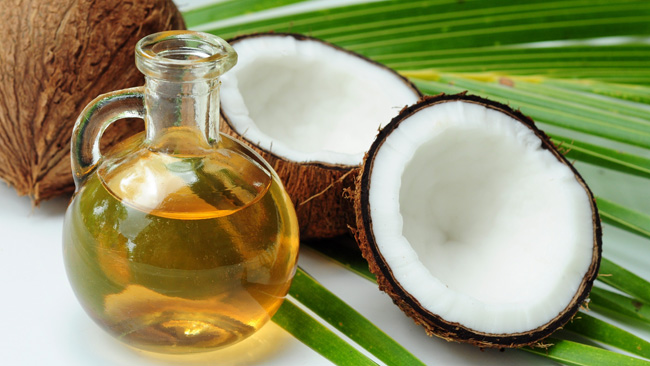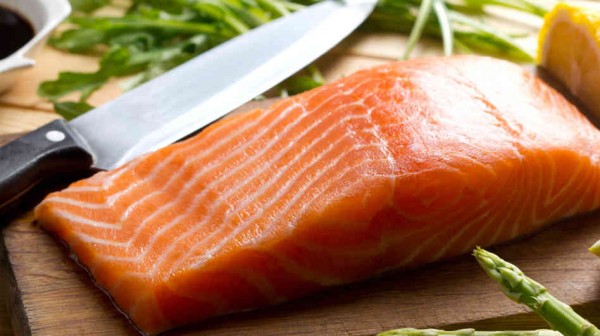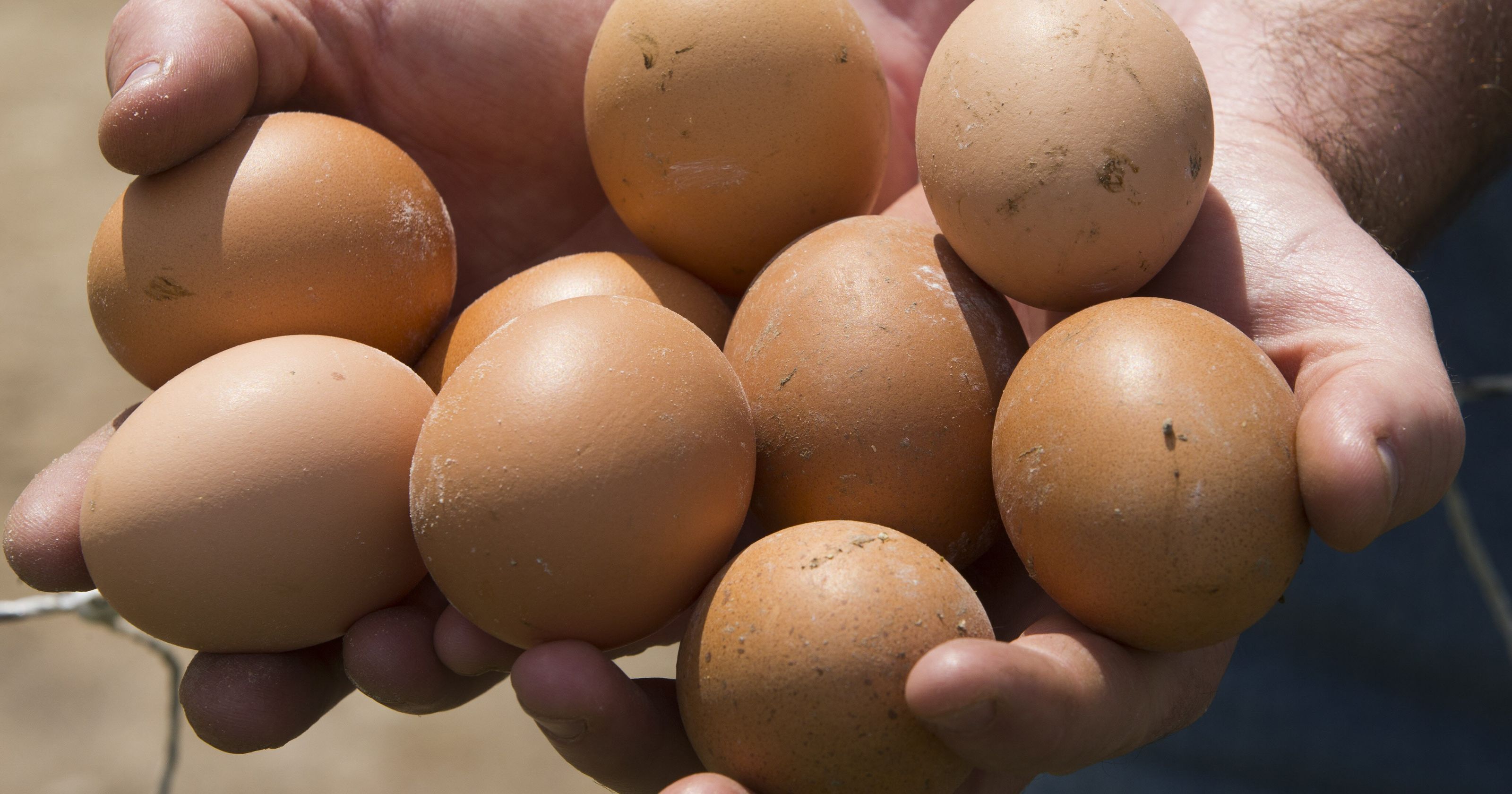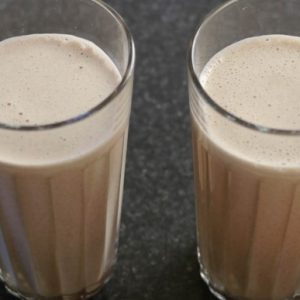Insulin and distribution of energy When we talking about ketogenic diet we should never forget about the importance of insulin hormone in our body. It takes important part in metabolism of carbs and fats.
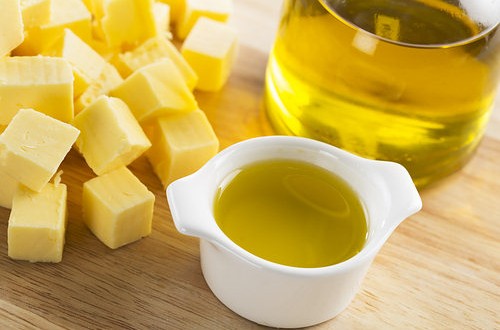
Main function of insulin is distribution of energy from the fats storage to the blood cells and maintaining the blood sugar level.
Your digestive system is extremely good at extracting all the nutrients and energy from the food you eat. Not much goes to waste because our body was made for a time when we were not sure when our next meal would be.
But nowadays, food is extremely plentiful and it’s easy to overeat. All the sugars, fats and proteins are absorbed into your body and is transported through the blood stream.
One of the most common forms of energy in the body is glucose, a basic sugar molecule. However, it doesn’t enter the cells of the body very easily. Insulin is a protein released by the pancreas to aid in getting glucose into the cells.
Imagine each cell as a castle surrounded by a moat of water. Food has to be delivered to the castle or else the occupants will starve. There are delivery people outside the castle that signal bridge builders give them access to the castle. Insulin acts as temporary bridges over the moat of water to allow deliveries of food to the castle.
However, when you overeat, there is a huge number of food delivery people waiting outside the castle. They signal a large number of insulin bridges in order to be the first ones to sell their food in the castle. When they all rush in, the castle is swamped with people and food and it causes all sorts of trouble and spoilage.
After many instances of getting flooded by food, the castle starts to put guards along the moat to regulate the insulin bridges to protect the castle from further damages. This causes insulin resistance. Even if there aren’t that many bridges, they are still regulated so the flow of food to the castle per insulin is lowered. It takes a great deal of time for the castle to change it’s policy but it is possible with effort and time (this is why exercise and diet control is important to pre-diabetics)
The problem is that too much sugar in the blood causes terrible damage to the body over time (diabetes). When your cells are insulin resistant, it means more sugar stays in the blood rather than it getting absorbed.
This is an oversimplification. There are other factors that cause this such as fats, other hormones, and conditions which may cause insulin resistance.
Fats
All foods are rich with fats. Fats are very important and have many different functions and properties , they are a source of energy , giving nine kilocalories per gram , they are an energy reserve meaning that any extra energy derived from food is stored as fat , they can provide insulation and protection to internal organs. Fats can originate from animals or plants and are divided in 4 groups:
- monounsaturated fats
- polyunsaturated fats (including omega-3s)
- trans fats
- saturated fats
Saturated Fats
Saturated fats are fats which contain no double bonds , therefore all the carbons atoms are bonded to bonded to hydrogen atoms. Saturated fats contain long straight chains , they are solid at room temperature and are mostly animal fats.Saturated fats are not dangerous for human health, if we reduce high carbs intake. Once you are keto adopted, saturated fats quickly become combined chemically with oxygen and transformed into energy. So you can enjoy plenty of animal fats and butter guilt free. Interestingly, coconut oil is something very different: it consists of Medium Chain Triglycerids (MCT) which cannot be stored by the body, it has to immediately oxidize it. That means when you eat coconut oil, your body will immediately produce ketones, even when you are not keto-adapted. Nevertheless this does not mean you are getting all the metabolic advantages that you would get when keto-adapted state.
Monounsaturated Fats
Foods rich with monounsaturated fats are very healthy. This foods lowering risk for cardiovascular diseases and maintaining cholesterol levels. Foods rich with monounsaturated fats are very beneficial for controlling blood sugar especially for people who suffering from type 2 diabetes.
Foods rich with monounsaturated fats:
- Avocados
- Olives
- Nuts (almonds, peanuts, macadamia nuts, hazelnuts, pecans, cashews)
- Natural peanut butter (containing just peanuts and salt)
Polyunsaturated Fats
Foods that predominant consists of polyunsaturated fats, usually contain omega-6 and small amounts of omega-3 fats. We always have to choose foods with balanced ratio of this fats, which is 2:1 or 1:1 between omega-6 and omega-3. More often the ratio is 20:1 or even worse. It is very important to avoid oils with omega-6 fats and prefer rich in omega-3. Omega-3 fats in some vegetable oils are contained in form of ALA, to be useful body has to convert to EPA and DHA. Because this conversion is very inefficient, avoid vegetable oils rich in Omega-3 like canola or flaxseed oil. Fatty fish like salmon is great if you want to get Omega-3, or take EPA + DHA supplement.
AS general rule of thumb Avoid fats high in omega-6, and run like hell from highly processed fat(anything that says “hardened”, or contains trans-fats) like margarine. Eat foods naturally high in fat like meat, fish, and nuts; use plenty of olive oil, butter. In fact 50% butter with 50% olive oil approximates quite closely the composition of body fat – meaning that this is the type of fat that the body can make best use off.


